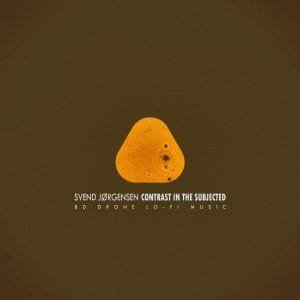
The Fusion of Sound and Technology
Electronic music has been one of the most innovative and influential musical genres of the last century.
About drone music

Electronic music has been one of the most innovative and influential musical genres of the last century.

Drone music is a genre of experimental music that is known for its ability to evoke powerful emotions in the listener
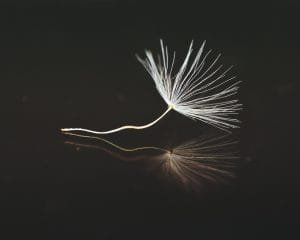
One of the key tools used by drone musicians to create these soundscapes is the PaulStretch algorithm.

Drone music is a genre of experimental music that is characterized by its repetitive and minimalistic structures

Drone music is a genre of experimental music that has been growing in popularity in recent years.
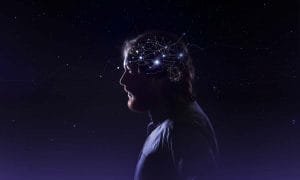
Drone music is a genre of music that is characterized by its slow, repetitive, and evolving nature.
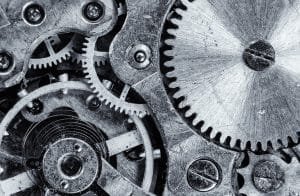
The use of drones in music can be traced back to traditional musical practices in many cultures, where the sustained notes of an instrument were used to create a background soundscape

Music has always been a reflection of the world and the people in it.
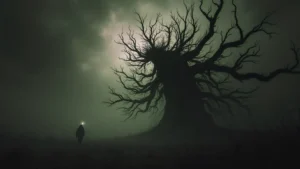
From ancient ritual practices to cutting-edge electronic experimentation, drone music has shaped musical expression across cultures and centuries. Discover how sustained tones and minimal harmonic changes have evolved into a powerful form of musical art, influencing everything from Indian classical music to contemporary ambient and metal genres, while maintaining its profound ability to transform listening experiences and consciousness.

Drone music is a genre that has been around for decades, slowly gaining recognition and popularity in the world of experimental music.